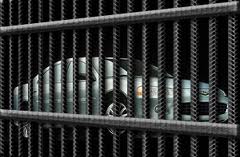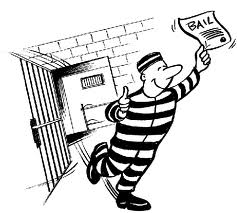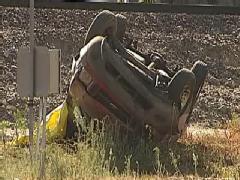 You have been charged with drunk driving under California Vehicle Code Section 23152(a) or 23152(b) . In order for the jury to find you guilty, the prosecution has the burden to prove their case beyond a reasonable doubt.
You have been charged with drunk driving under California Vehicle Code Section 23152(a) or 23152(b) . In order for the jury to find you guilty, the prosecution has the burden to prove their case beyond a reasonable doubt.
Under 23152(a), driving under the influence of an alcoholic beverage, a drug, or under the combined influence of an alcoholic beverage and a drug, the state must prove that you drove a vehicle and when you drove, you were under the influence.
Under 23152(b), driving with a blood alcohol level of 0.08 percent or more, the state must prove that you drove a vehicle and when you drove, your blood alcohol level was 0.08 percent or more by weight.
In Louisiana, a man was arrested for drunk driving after he drove a lawn mower on northbound LA Highway 1, just south of Lockport, according to wdsu.com. He was driving with a long line of cars behind him as he swerved into the southbound lanes. An officer pulled him over and smelled alcohol on his breath. His speech was slurred and he allegedly could not complete the field sobriety tests. His blood-alcohol concentration, BAC, was estimated at .312 percent. He was arrested for DWI, driving while intoxicated, which is Louisiana’s version of California’s DUI laws.
So, is this a lawful arrest for drunk driving if this happened in San Diego County or anywhere in California? Assuming the facts in the article to be true and not having any discovery in the matter to review, the general answer is yes.
The courts have found that the defendant must have been driving which requires any volitional movement of the vehicle, (See Mercer v. DMV). The vehicle code describes a vehicle as a “device by which any person or property may be propelled, moved, or drawn upon a highway, excepting a device move exclusively by human power or used exclusively upon stationary rails or tracks.” Note that even though the vehicle code usually applies to “highways” under VC 23100, drunk driving laws may even apply to private property.
So, for the Louisiana case, the defendant was driving a lawn mower, powered by a gas motor, on a public roadway. Allegedly, he had a BAC over a .08, therefore, his arrest for drunk driving was lawful.
 San Diego DUI Lawyers Blog
San Diego DUI Lawyers Blog


 San Diego County police departments and other California law enforcement agencies will have new limitations on towing unlicensed drivers’ vehicles when they conduct
San Diego County police departments and other California law enforcement agencies will have new limitations on towing unlicensed drivers’ vehicles when they conduct  San Diego resident, Albert Pruitt, 27, was allegedly
San Diego resident, Albert Pruitt, 27, was allegedly 
 <a
<a